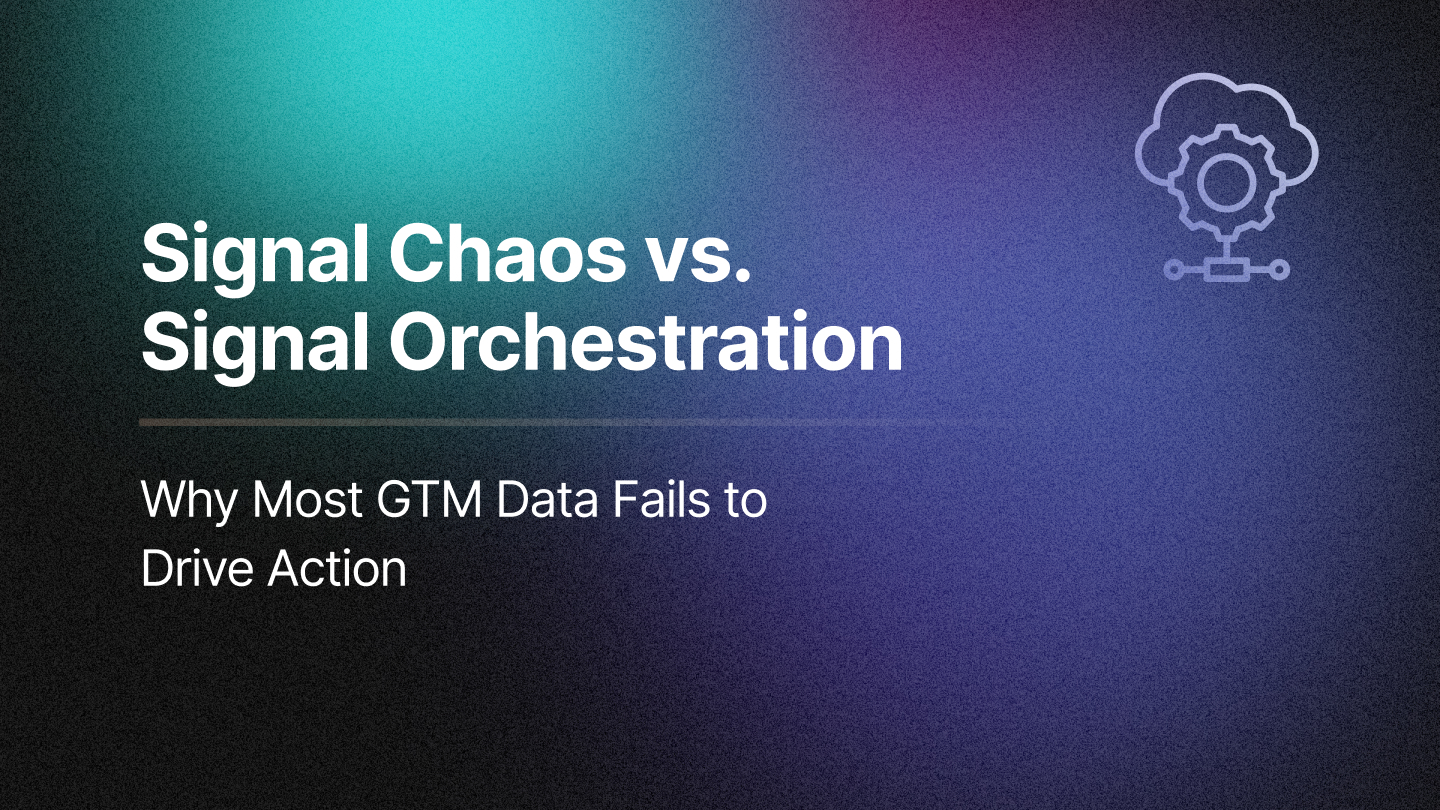Agentic AI is no longer a futuristic concept—it’s rapidly becoming a strategic asset in modern go-to-market (GTM) operations. From autonomous lead prioritization to AI-driven campaign orchestration, agentic tools promise to take the burden of execution off human teams while driving precision, efficiency, and scale.
But amid the hype, B2B leaders are faced with a critical challenge: How do you evaluate which agentic AI tools are truly ready to be embedded in your GTM stack—and which are just automation in disguise?
This blog will walk you through a practical evaluation framework for selecting agentic AI solutions that can deliver real impact across marketing, sales, and RevOps.
What Is Agentic AI—and Why Does It Matter for GTM?
Unlike traditional AI, which offers predictive insights or automation for narrow tasks, agentic AI refers to autonomous systems capable of making decisions, taking actions, and learning from feedback in dynamic environments. In the GTM context, these AI agents can:
- Act on data insights without human prompts
- Orchestrate multi-channel campaigns
- Prioritize leads and accounts dynamically
- Reallocate budgets based on performance signals
- Collaborate with human users through natural language interfaces
Agentic AI is particularly powerful for GTM teams that are overwhelmed by data, fragmented tools, and the need for faster, more adaptive execution.
7 Evaluation Criteria for Agentic AI in GTM
Here’s a structured framework to help GTM leaders assess agentic AI tools:
1. Autonomy & Decision-Making
Ask: Can this tool act independently based on data signals, or does it still require manual prompting?
Look for:
- Automated workflows initiated without human input
- Real-time adjustments to strategy (e.g., campaign pausing, budget shifting)
- Feedback loops that allow the agent to learn and optimize over time
Red flag: If the tool merely surfaces recommendations but needs someone to act on them, it's not truly agentic.
2. Context Awareness
Ask: Does the tool understand the full GTM context—including funnel stages, personas, ICPs, and buying signals?
Look for:
- Deep integrations with CRM, MAP, ABM, ad platforms, and web analytics
- Funnel-aware decision-making (e.g., only promoting content that drives SQLs, not just clicks)
- Dynamic account and buyer-level intelligence
Red flag: Tools that operate in silos or don’t personalize actions based on GTM data models.
3. Explainability and Trust
Ask: Can the tool explain why it took an action or recommended a change?
Look for:
- Clear rationale behind decisions (e.g., “Campaign X paused due to 40% drop in SQL conversion rate”)
- Transparent scoring models and attribution logic
- Audit trails of actions taken by the agent
Red flag: “Black box” systems that leave your team guessing.
4. Collaboration & Human-in-the-Loop Capabilities
Ask: Can the agent work alongside human teams—or does it force a hands-off approach?
Look for:
- Natural language interfaces (chatbots, Slack assistants, copilots)
- User override options with explainable alternatives
- Seamless handoffs between AI and human teams (e.g., AI alerts reps to high-propensity accounts)
Red flag: Systems that either demand full control or add friction instead of reducing it.
5. Use Case Breadth and Flexibility
Ask: Does the tool solve multiple GTM problems—or is it hyper-specific to one narrow task?
Look for:
- Cross-functional capabilities (e.g., attribution analysis, lead routing, campaign optimization)
- Modular architecture to enable gradual adoption across teams
- Customizable playbooks and automation
Red flag: AI tools that only handle isolated use cases like email sequencing or calendar scheduling.
6. Security, Governance, and Compliance
Ask: How does the tool handle data privacy and enterprise governance?
Look for:
- Role-based access controls
- Support for SOC 2, GDPR, and other compliance standards
- Clear governance rules for agent autonomy and data access
Red flag: Tools with limited auditability or unmanaged AI actions in regulated environments.
7. ROI Potential and Measurable Outcomes
Ask: What outcomes can the agentic AI drive, and how are they tracked?
Look for:
- KPIs tied to pipeline progression, win rates, campaign efficiency, or rep productivity
- Built-in analytics dashboards showing impact over time
- Customer case studies or benchmarks demonstrating real business outcomes
Red flag: Vague promises of "productivity gains" without measurable impact.
Bonus: Test Drive the Agent
Before making a purchase decision, ask for a limited sandbox environment or pilot program. Assign the AI agent a real-world task—such as optimizing campaign spend or identifying high-intent accounts—and evaluate:
- How quickly it learns
- How well it adapts
- How confidently your team can rely on it
Trust is built in the field, not in the sales deck.
Real-World Example: Evaluating an Agentic AI Like RevSure Reli
Let’s say you’re evaluating RevSure’s Gen AI Copilot – Reli Assist, which serves as an agentic assistant across your GTM stack. Here’s how it might stack up:
- Criteria: RevSure Reli Assist
- Autonomy: Adjusts pipeline projections and campaign tactics based on real-time signals
- Context Awareness: Embedded in CRM, MAP, and ad platforms; understands funnel dynamics
- Explainability: Generates natural language summaries explaining performance and next steps
- Collaboration: Available via Slack, dashboard, and voice UI for real-time GTM collaboration
- Use Case Breadth: Lead scoring, pipeline projection, campaign optimization, social selling
- Governance: Enterprise-grade security and admin controls
- Measurable ROI: Tracks attribution impact, conversion lift, cost-per-opportunity improvements
Final Thoughts
Agentic AI isn’t just another tool in the GTM tech stack—it’s a new layer of intelligence and execution. But like any strategic investment, the value lies not in the promise, but in the performance.
By applying a structured evaluation framework, B2B leaders can cut through the noise, spot real agentic capabilities, and confidently choose AI tools that elevate execution, alignment, and revenue.
Ready to future-proof your GTM stack with agentic AI? Start by asking: What can your AI actually do—on its own?
Related Blogs







